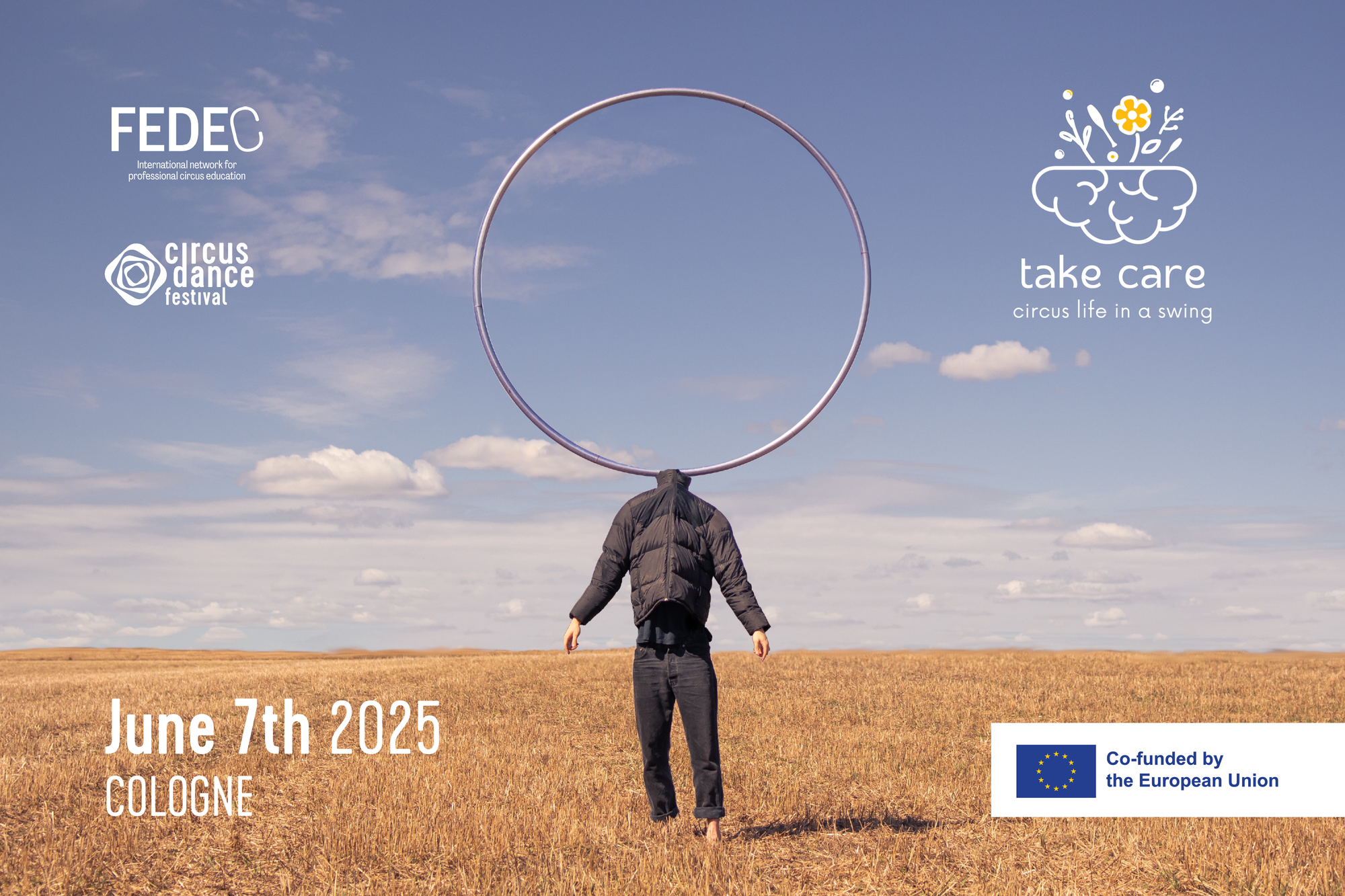Circus & Science: An Overview of Health Research and Monitoring in Circus Performance
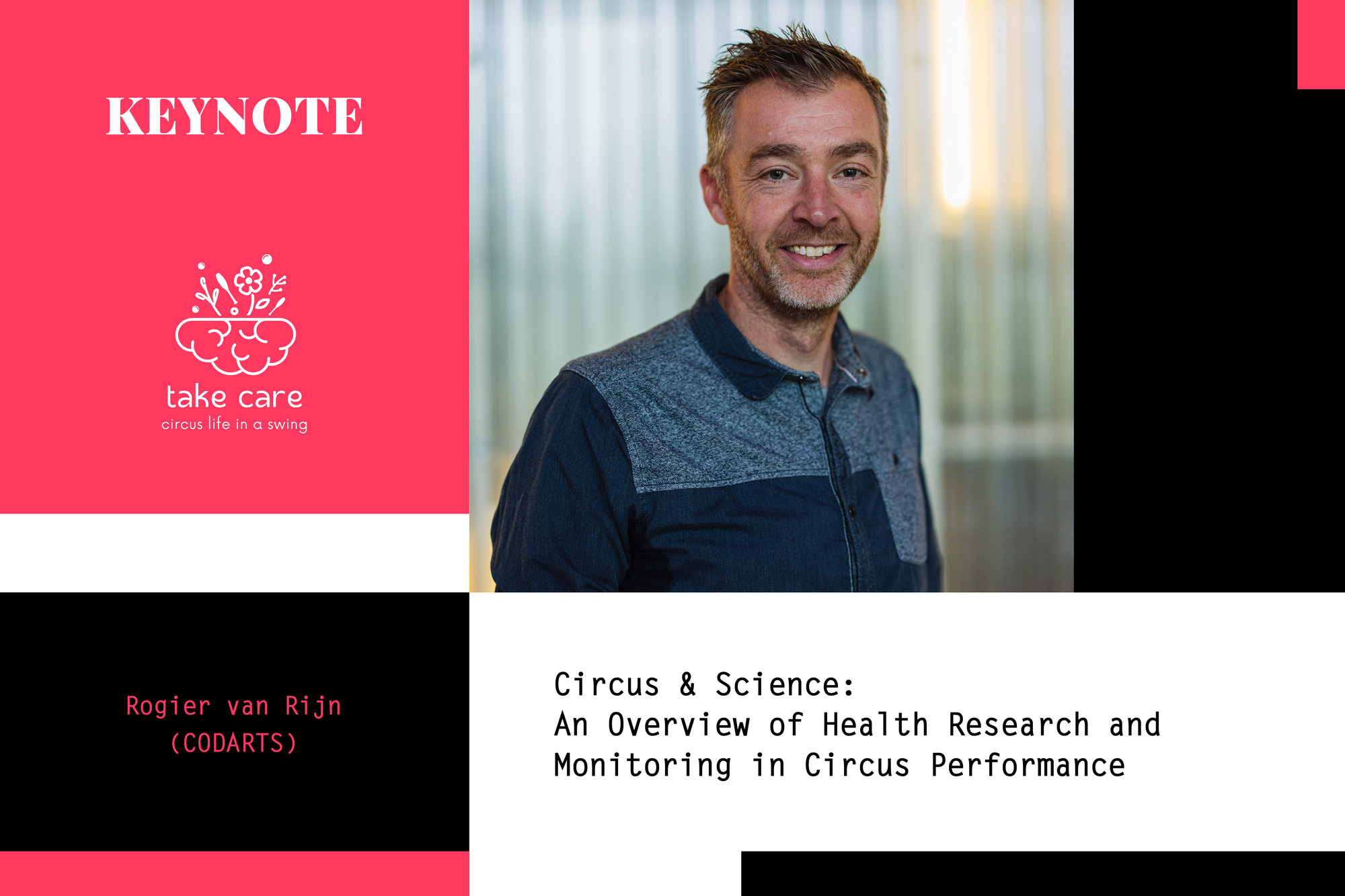
In last year’s conference, Circus - a Safe(r) Space for Danger, Codarts participated, delivering an insight into their studies on risk. Building on the findings from physical injury studies, we now move forward and contextualise the vital necessity of a scientific approach to emotions and needs within the professional circus school ecosystem. For this reason, the Take Care Conference hosted at CircusDanceFestival 2025 opened with my scientific overview keynote, Circus & Science: An Overview of Health Research and Monitoring in Circus Performance. As a PhD Human Movement Scientist and Associate Professor at Codarts, I introduced the Performing Artist Health Monitor (PAHM), an online tool developed by Codarts for universities and companies. PAHM collects data on the physical and mental well-being of performing artists, offering real-time, personalised feedback on potential health risks. Based on PAHM insights, the keynote presented findings on the prevalence of injuries and health concerns among circus arts students.
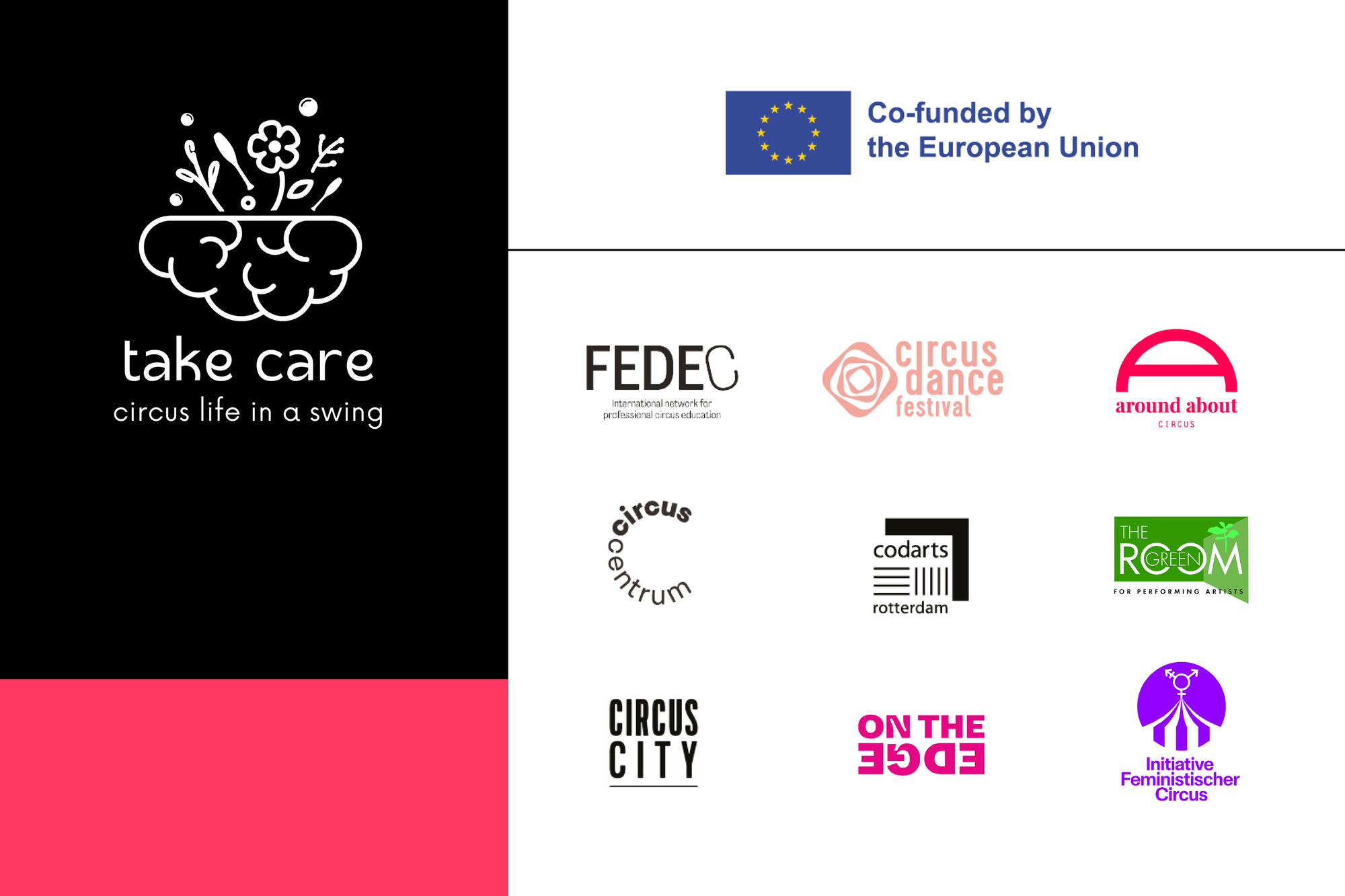
Codarts is located in the heart of Rotterdam and is home to around 1000 students from all over the world. We offer nine bachelor's programs: Dance, Music Theatre, Classical Music, Pop, Jazz and Circus Arts, and three master's programs, including Arts Therapies and Choreography.
Our research group, Arts & Wellbeing, focuses on the intersection between performing arts, health, and wellbeing. We work around two main themes:
• Arts for wellbeing: investigating how music, dance, circus, and arts therapies can improve health, reduce stress, and build resilience.
• Healthy artists: researching how to support performers physically and mentally, prevent injuries and mental health issues, and help them to maximise their performance.
Our Circus Arts program is based in the south of Rotterdam, inside the Fenix Warehouse, a building that was once a shipping hub and has now been redeveloped into a cultural and creative hotspot. Around 60-70 students follow our 4-year bachelor program, with specialisations such as Floor acrobatics, Aerial skills, Balancing skills, Chinese and dance pole, Cyr wheel, Object manipulation, Partner acrobatics, Teeterboard, and Trampoline.
Circus Arts is a discipline that is often physically very challenging for the artists. The artists frequently perform activities that require a high level of strength, high-impact loads and extreme ranges of movement. The workload is often very high, with lots of performances and little time to recover. This makes artists prone to health problems. These health problems can be highly disadvantageous because they may lead to physical discomfort, medical treatment, absence from rehearsals and performances, study delays, and even drop-out from school.
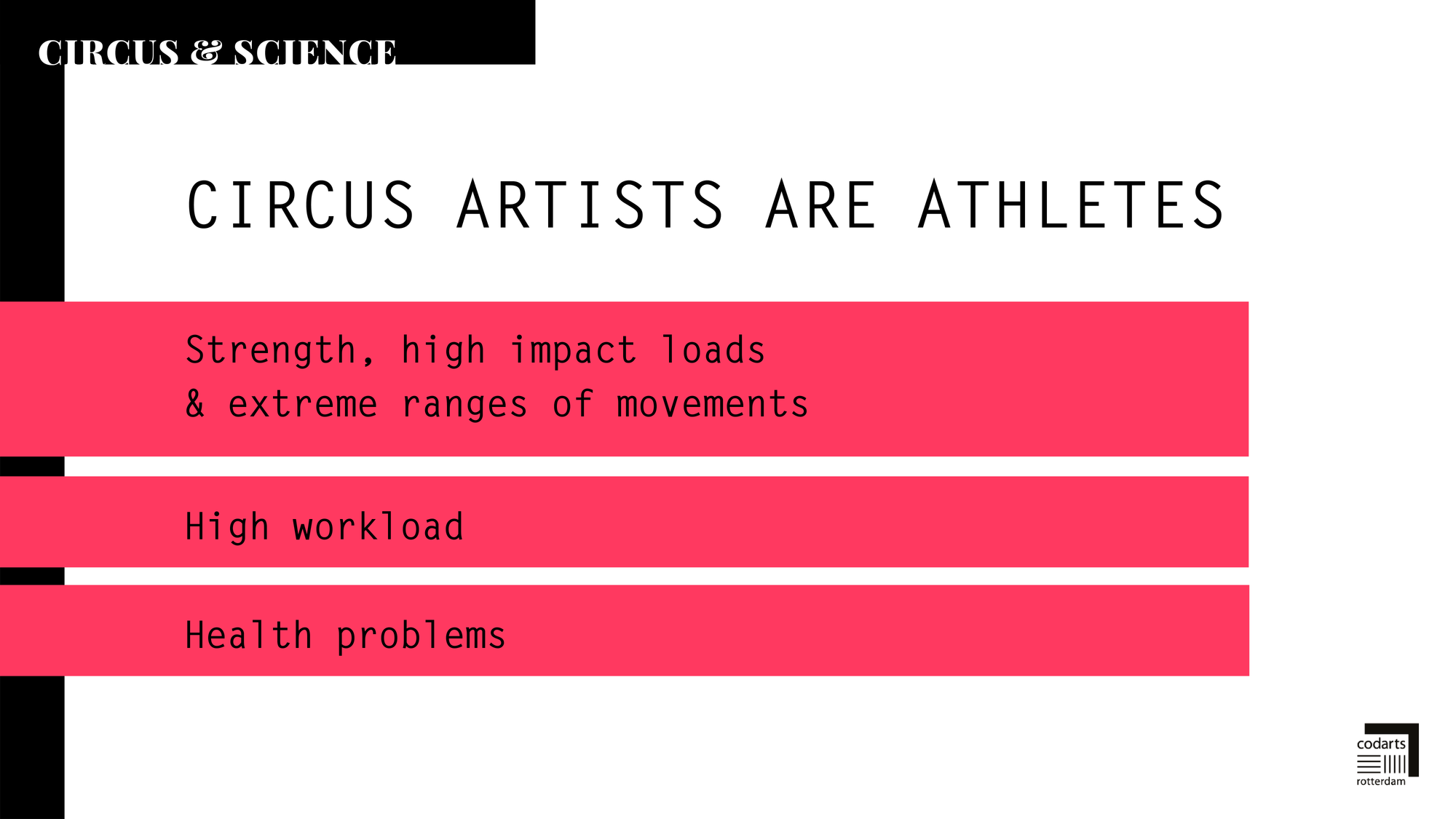
Research into the health of circus artists is scarce, and there are only a few researchers or research groups around the world that publish their work in scientific journals more frequently.
In North America, Stephanie Greenspan is affiliated with the Samuel Merritt University in San Francisco, where she conducts research focused on reducing injury risk and optimising performance in circus artists. In Montreal, we have HUPR – research centre for human potential, which is linked to the National Circus School Montreal, where several researchers conduct research with a focus on the performing arts and human potential.
In Australia, NICA - The National Institute of Circus Arts is where David Munro works as Head Physiotherapist and conducts research among Circus Arts students. On the West Coast, Fleur van Rens is linked with Murdoch University in Perth, where she is a lecturer in sport psychology. She focuses on the mental aspects of circus artists and is the author of the book Circus Psychology.
And of course, our research group at Codarts, Rotterdam University of the Arts in the Netherlands. We focus on artist health in the broadest sense, not only physical issues but also mental and emotional well-being.
Together with this international group of researchers, we developed a circus-specific extension to the IOC (International Olympic Committee) consensus statement on the methods for recording and reporting of general sports injuries and illnesses. This extension guides researchers and healthcare practitioners in designing studies and maintaining consistent records of care provided to artists, so these data can be better used to inform future research and healthcare practices, such as treatment and prevention.
The researchers I just mentioned and the work they’re doing are, of course, fantastic — but at the moment, research in circus arts is still in its early stages. I can explain that using the sequence of prevention model proposed by Van Mechelen. It is the classic approach to prevention research, consisting of four steps. It all starts with gaining insight into the challenges circus artists face. So, how severe are the health problems and how often do they occur? This is done by monitoring and collecting health data regularly. Once we have this insight, we can identify the factors that contribute to these issues—risk factors. We want to understand what risk factors play a role and how the mechanism works in the development of health problems. By understanding the scope of the problem and associated risk factors, we can implement targeted interventions and resources. After that, we can evaluate whether these measures are effective.
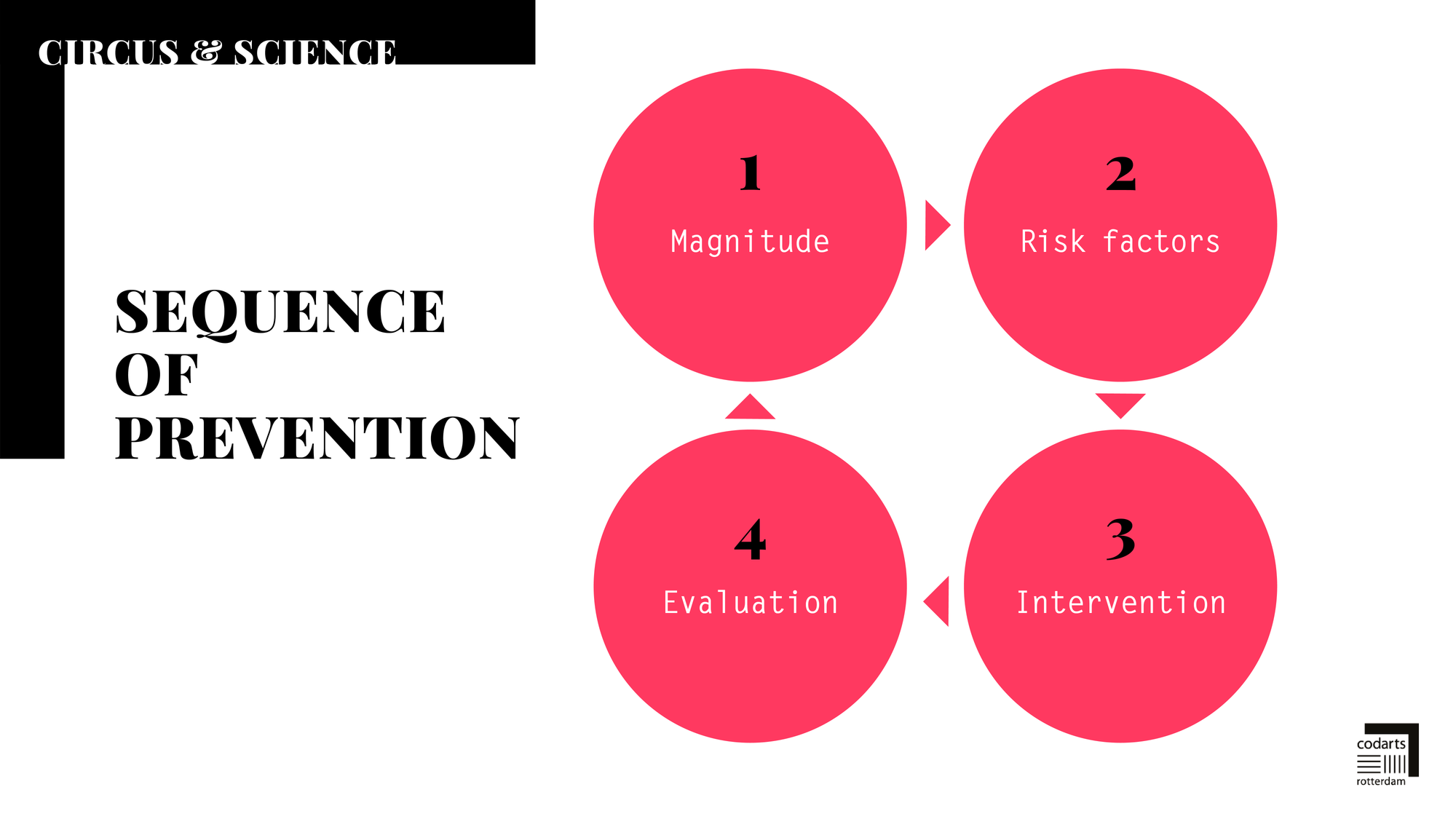
However, in Circus Arts science, we must do a lot of work in the first two steps before we can make any statements about preventive measures. Yes, there are some studies about the extent of injuries and mental health issues, and yes, there are some studies on risk factors in the circus arts context. But we need larger longitudinal studies in different circus populations to build a solid foundation for developing effective preventive strategies.
That’s why at Codarts, we started a longitudinal study to monitor the physical and mental health of our own Circus Arts students following this framework.
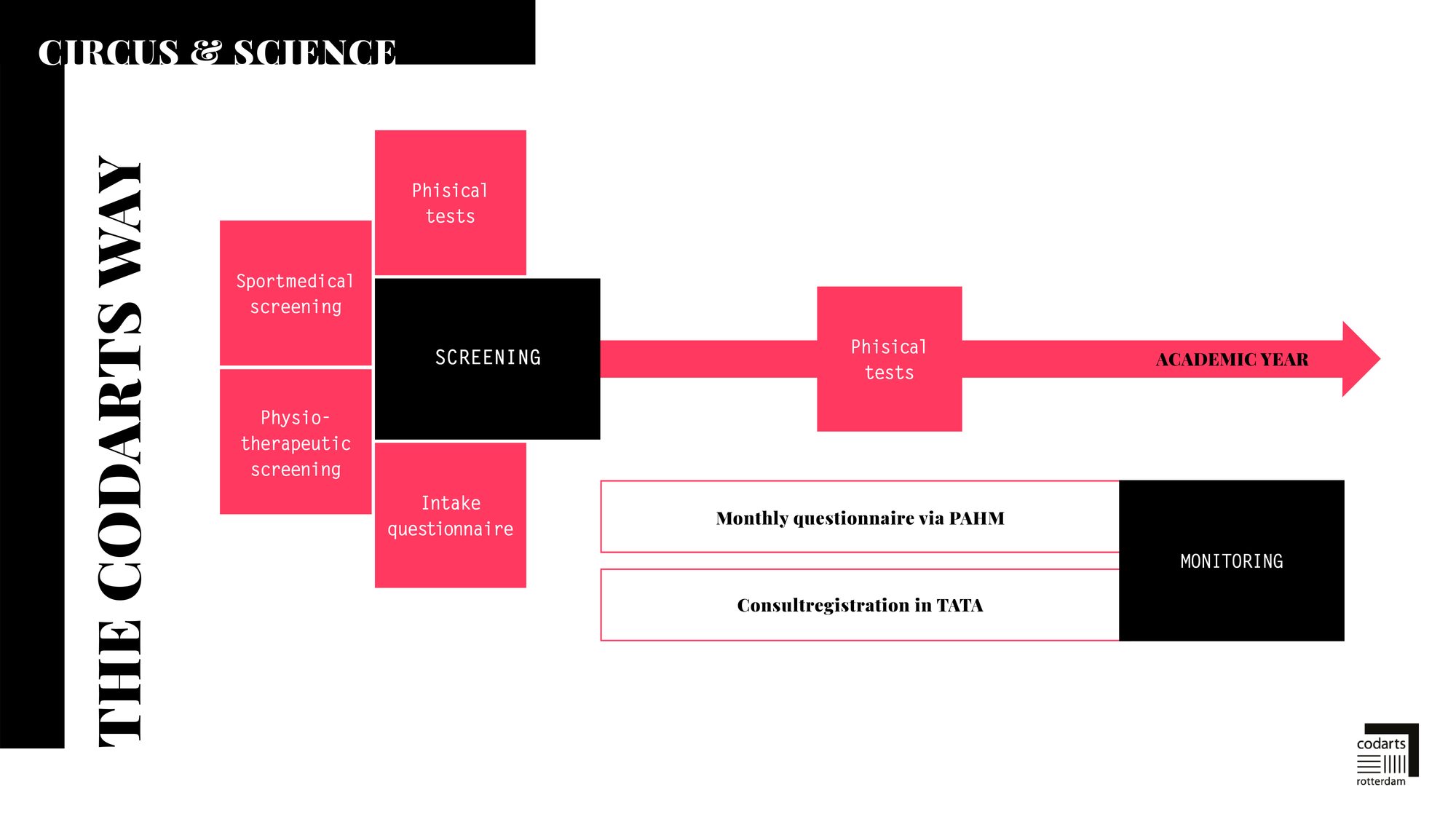
First, we screen all first-year students at the start of the academic year. The screening is part of the curriculum and is an extremely useful and important tool to help students identify their strengths and areas that might need extra attention throughout their studies. It includes a sports medical screening performed by external sports physicians, combined with a Physiotherapeutic screening performed by our in-house physical therapists. They thoroughly assess the students' posture, flexibility, strength and biomechanics through a series of clinical tests and observations of movement. The data collected provides students with a profile with good insight into their own physical possibilities and limitations.
Second, students perform physical tests at the start and middle of the academic year. These physical tests focus on the so-called gross motor skills: agility, endurance, power and coordination. Third, students fill in an intake questionnaire at the start of the year. And, finally, all students complete monthly questionnaires during the academic year about injuries, mental health, and illnesses.
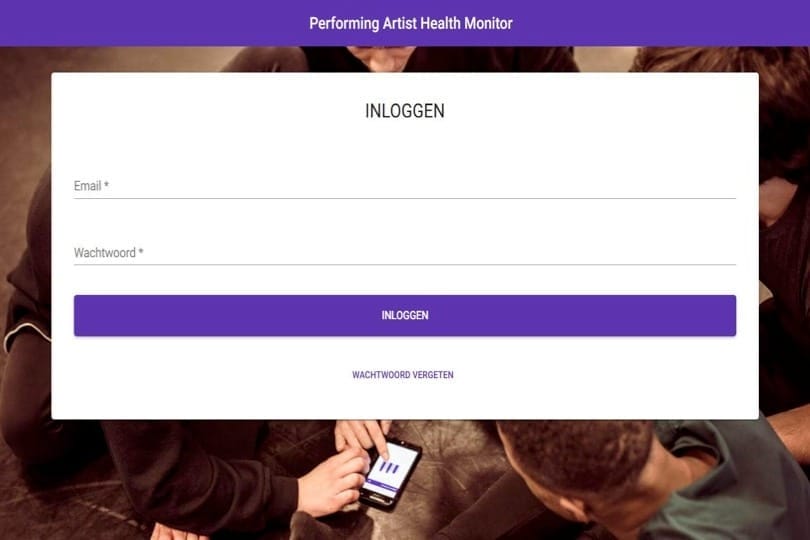
To manage all this information, we developed the Performing Artist Health Monitor (PAHM). It’s an online system where students log in with their email and password to complete questionnaires and view their results. After logging in, they see any questionnaires they need to complete. Once submitted, they’re taken to their results page, where they can track their own scores (such as stress levels) throughout the academic year. They can also compare their results to the group average. If certain areas need attention, the system offers guidance on how to address them or where to find further support.
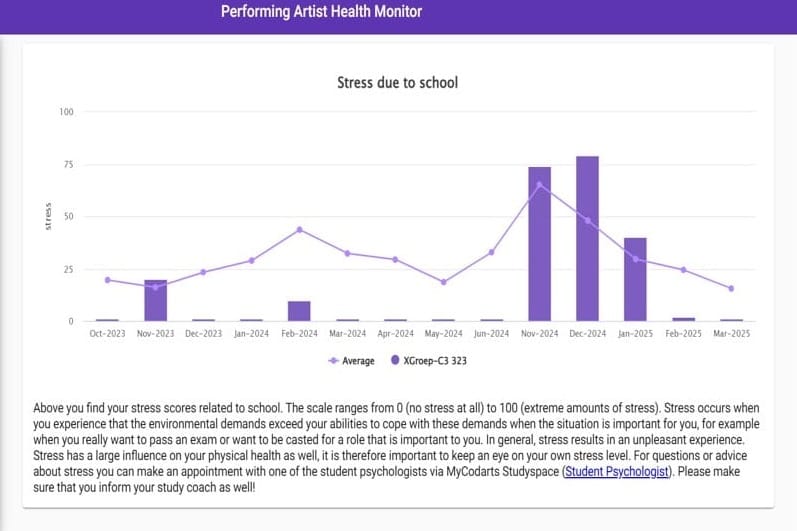
What the data shows is that there is a high incidence of injuries among circus arts students. 42 students reported 130 unique injuries in one academic year, resulting in an injury incidence rate of 3,3 injuries per 1000 hours of circus training. On average, each of these students experienced 4.4 injuries (±1.6), with individual cases ranging from one to eight injuries. The shoulder (n=51; 27.7%), lower back (n=29; 15.8%), wrist (n=26; 14.1%) and ankle (n=17; 9.2%) were the most common injury sites.
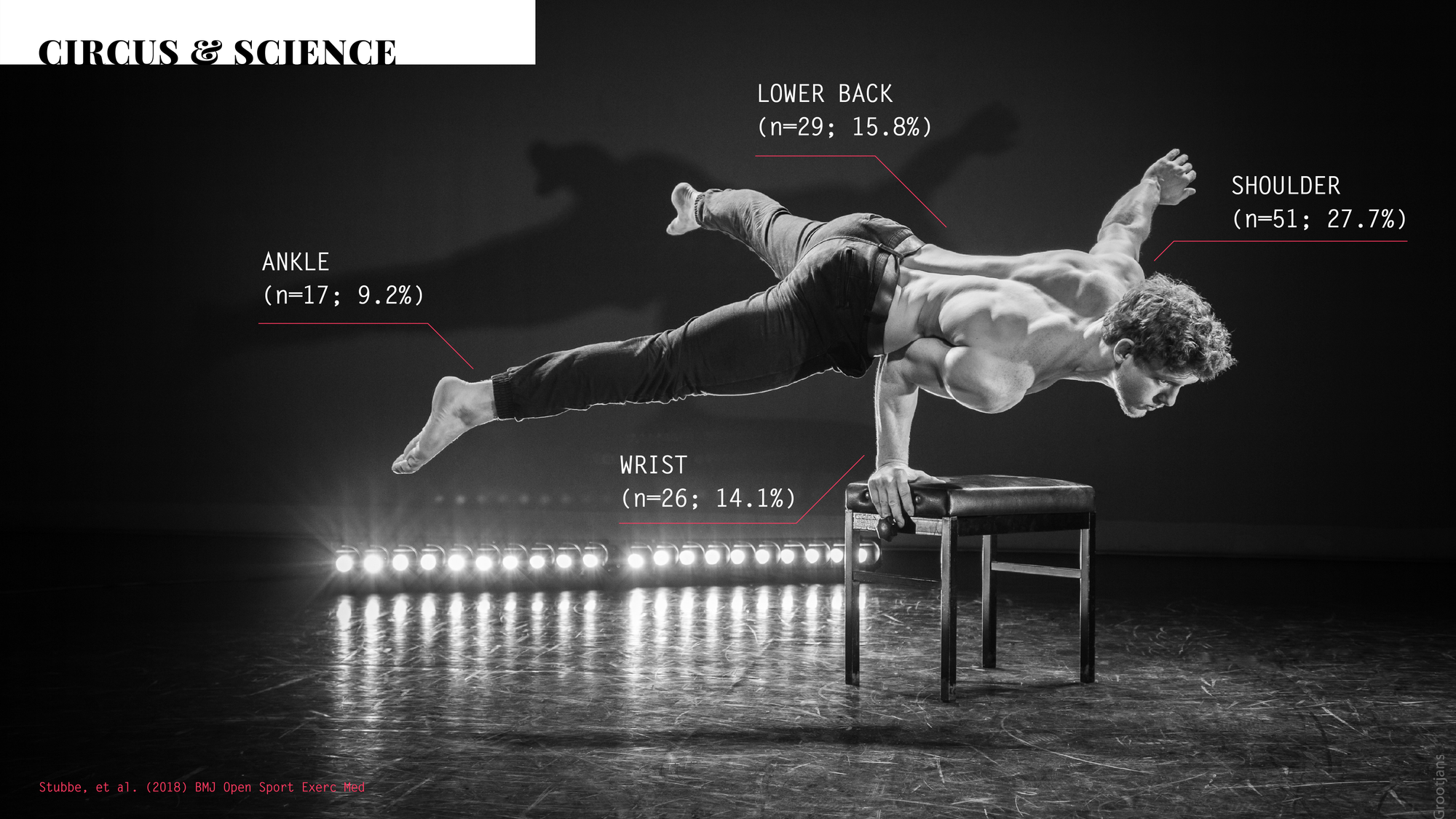
Mental health issues were also prevalent. 17 out of 42 students (40.5%) reported at least one mental health issue during the academic year. In total, 35 mental health issues were identified as most severe, of which 30 were unique cases. On average, these students reported 2.1 mental health issues, with numbers ranging from one to five. Feeling down, depressed or hopeless (n=12, 34.3%), performance anxiety (n=3, 8.6%), panic attacks (n=3, 8.6%) and eating problems (n=3, 8.6%) were the most mentioned mental health issues.
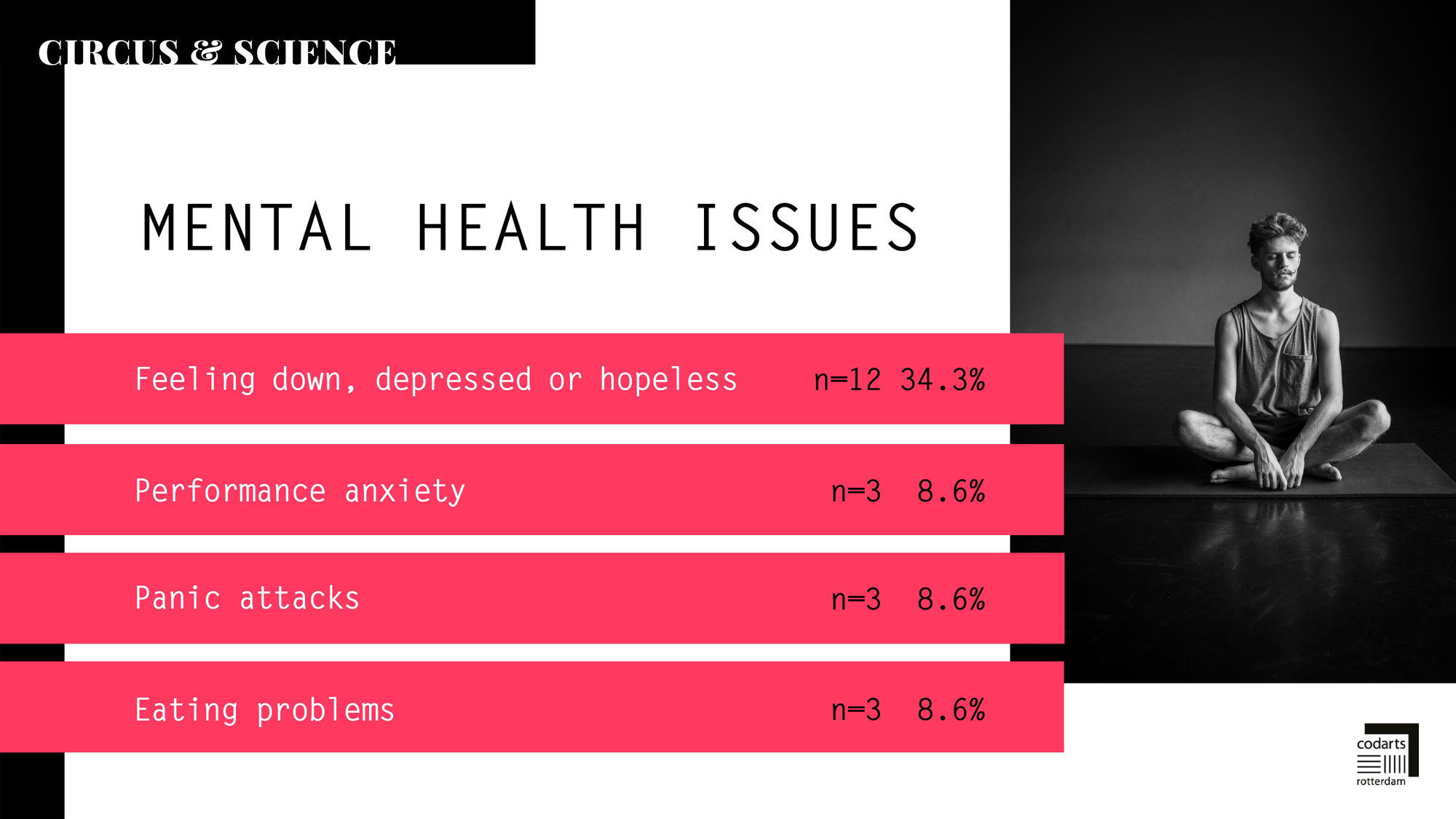
To educate students into sustainable, healthy, and regulated artists, the approach at CODARTS is built on three connected pillars:
- Education: teaching our students about health, self-care and wellbeing.
- Support: providing access to our in-house health specialists and general student support services whenever needed
- Research: using data to make smart, evidence-based changes
All of this serves one clear goal: to improve health, prevent health problems, and help students maximise performance!
Finally, it’s worth mentioning that Codarts is also a proud partner in the European project Take Care, led by FEDEC and co-funded by the European Union's Creative Europe programme, which focuses on mental health in the circus world. The goal is to create awareness, share good practices, and provide tools to make the circus sector a healthier and more supportive environment, especially for young artists in training. If you need more information on this project or your circus school wants to join the research project starting in September 2025, please visit the Take Care page on the FEDEC website, which explains the collaboration survey.
Thank you!
This keynote was presented on June 7, 2025, as part of the Take Care - Circus life in a swing European Conference on Mental Health and Well-being in the Circus and Performing Arts Sector at CircusDanceFestival 2025, Cologne (DE.
To know more about the Take Care Conference, read the introduction article by Valentina Barone.
